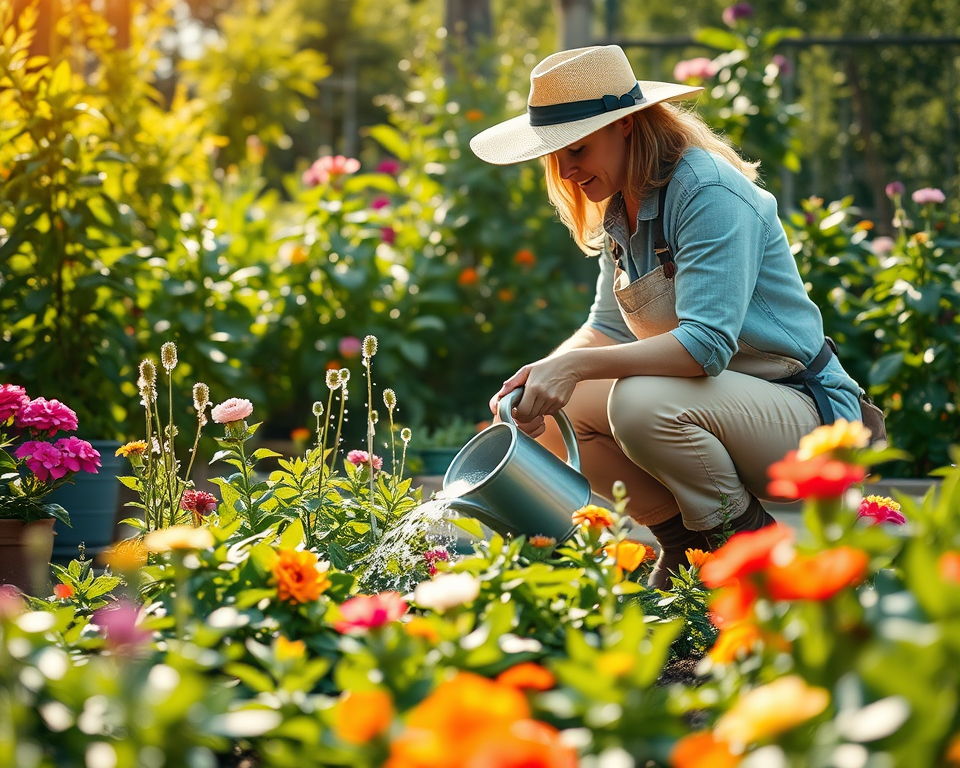Have you ever thought about how much water you need for your garden? Well, sometimes we need to understand how to change measurements to know exactly how much we’re dealing with. For instance, cubic meters and gallons are two different ways to measure space or volume.
When we say 20 cubic meters, we are talking about a box that is 1 meter long, 1 meter wide, and 20 meters high (or any other combination that multiplies to 20). Now, if we want to convert that into gallons, which is another unit of measurement often used in the United States, we need to know how they compare.
To convert cubic meters to gallons, we use a factor. Specifically, 1 cubic meter is equal to about 264.172 gallons. So to figure out how many gallons are in 20 cubic meters, we can multiply:
$$
20 \, \text{cubic meters} \times 264.172 \, \text{gallons/cubic meter} \approx 5283.44 \, \text{gallons}
$$
This means that 20 cubic meters is nearly 5283.44 gallons! That’s a lot of water!
Now, let’s think about how much this looks like in everyday life—especially for your garden. Here are 7 objects that are exactly equal to 20 cubic meters:
- An average size swimming pool (about 20,000 liters or just over 5,283 gallons).
- Four 5-ton pickup trucks’ load area filled with water.
- 20 standard bathtubs filled to the brim (about 1 meter cube each).
- 100 large rain barrels, each holding about 200 liters of water.
- A small garden pond with a depth of 1 meter and a surface area of 20 square meters.
- Ten 2-meter tall bookshelves, each filled with books, accounting for the space they occupy.
- A big inflatable bouncy castle that can hold as much air as water.
Understanding these measurements can help you keep your garden healthy and thriving!
